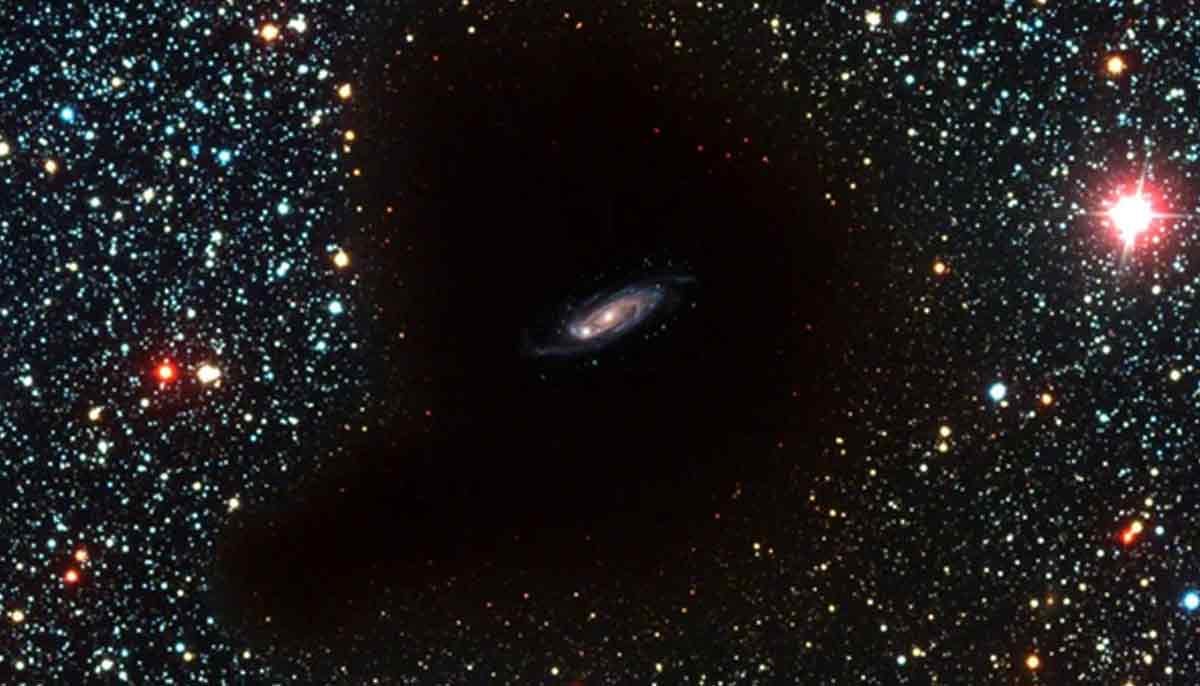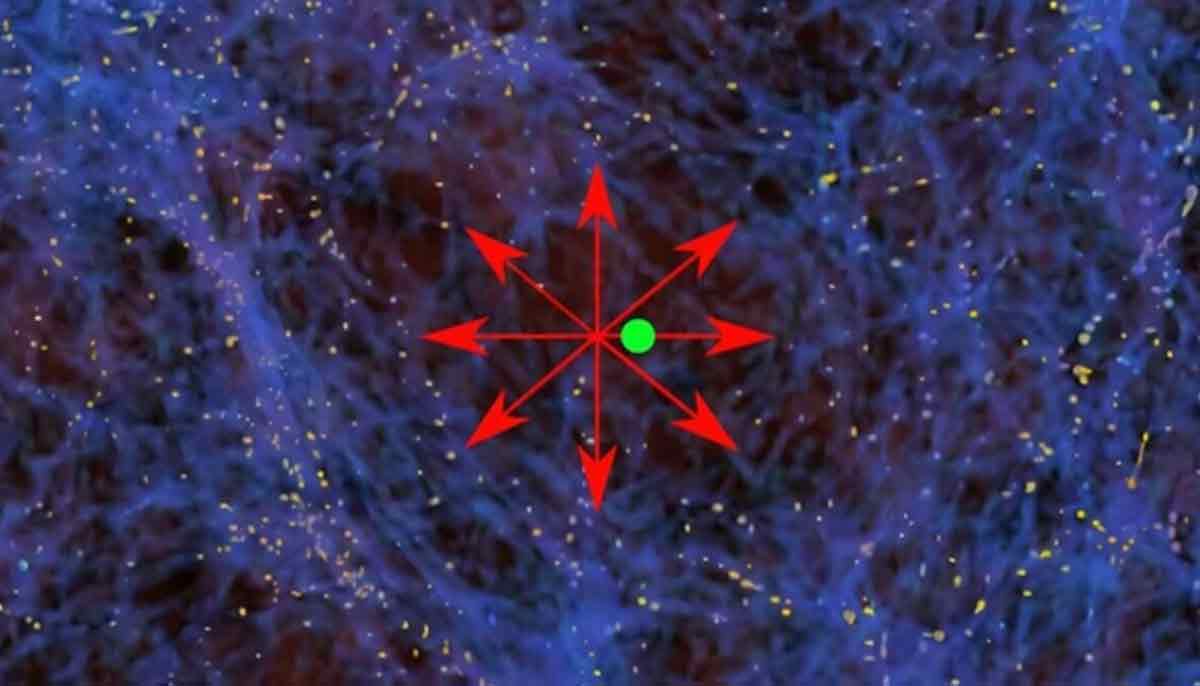Just imagine being trapped in a void—an endless, silent expanse where time seems frozen and direction has no meaning.
No sound, no light, no gravity to anchor you. It’s a place where the laws of nature unravel, where you are suspended in a vast nothingness that stretches beyond comprehension.
Such a picture seems scary. Interestingly, not a single soul but the whole universe is trapped in a void. Researchers have found evidence that our Earth and Milky Way galaxy are suspended in a cosmic void based on the echoes from the Big Bang.
According to research presented at the Royal Astronomical Society National Astronomy Meeting on Wednesday, July 9, suggest that the Milky Way galaxy is floating in a 2 billion-light-year region of space with 20% less density than its surroundings. The theory is developed based on the sounds from the Bing Band, known as “baryon acoustic oscillation.”
This theory suggests that the local expansion rate of the universe could be faster due to this void. If proven true, this can help our astronomers to find the true age of the universe and solve the enigma of “Hubble Tension.”
What is the Hubble Trouble?
Hubble Tension suggests how fast our universe is growing at different rates. Currently, there are two standard methods to figure out the expansion rate, called Hubble Constant. The first method involves using the cosmic microwave background (CMB). This method yields a value of around 73 kilometers per second per megaparsec (km/s/Mpc), while the second lands closer to 67 km/s/Mpc, closely matched to predictions made by the standard model of cosmology.
The second method includes measuring the distance pulsating stars called Cepheid variables, giving 73.2 km/s/Mpc value for the Hubble Constant.
The difference between these two values suggests the potential error with our cosmological model.
Living in a ‘Giant Void’
“A potential solution to this inconsistency is that our galaxy is close to the centre of a large, local void,” explained Dr. Indranil Banik of the University of Portsmouth.
The region around the void would possess higher density, leading to gravitational pull that would cause the matter to be pulled towards the higher density exterior of the void. The void will become emptier with time.
That evacuation would trigger local expansion at a faster rate, Banik predicted.
This void theory supplements the idea that Earth would have to sit about in the centre of low-density “Hubble Bubble.”
After putting forth evidence, Banik and his team will not only compare their void model to other cosmological models to reconstruct the universe’s expansion theory but also try to resolve Hubble tension.

